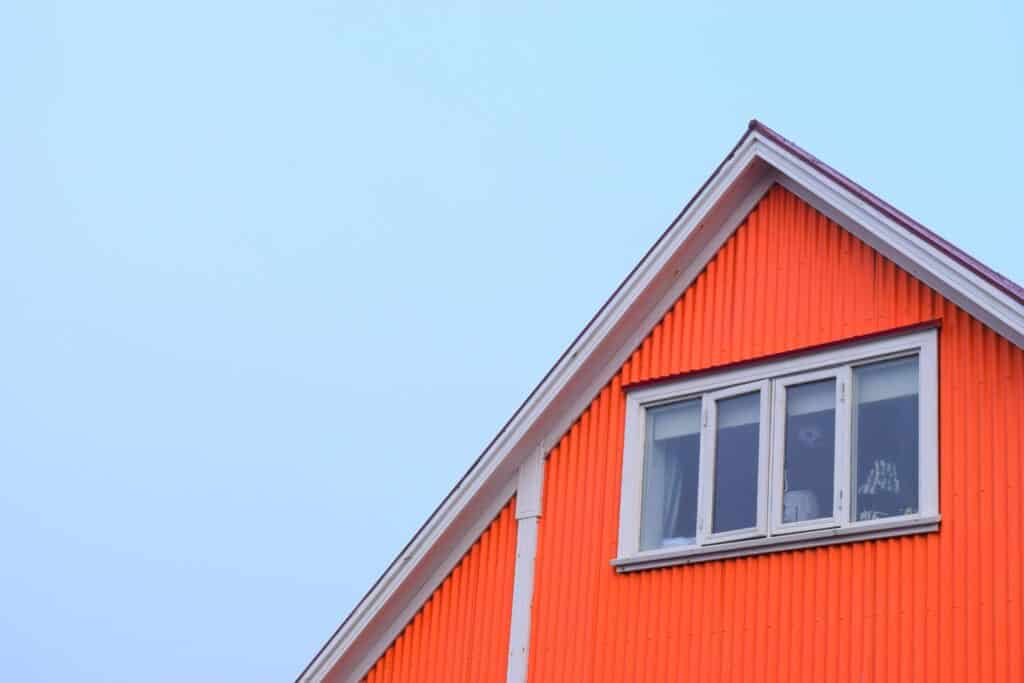Window installation requires attention to aesthetics, energy efficiency, and home security. Although seeking professional assistance is recommended, DIYers with the right skills and courage can accomplish the job on their own.
This guide will act as your all-inclusive guide for installing replacement windows, providing detailed directions and valuable advice to tackle typical obstacles during the process.

What Tools and Materials are Required?
Before commencing your window installation project, make sure you have acquired all the necessary tools and materials needed for the replacement procedure.
- Replacement windows
- Screwdriver
- Level
- Measuring tape
- Safety glasses and gloves
- Utility knife
- Shims
- Caulk gun
- Exterior trim and finish nails
- Insulation foam
- A second set of hands (optional but helpful)
With your complete toolkit in hand, you are ready to begin the window replacement adventure. Having a properly stocked set of tools will make the installation smoother and allow you to complete the task without any unnecessary interruptions.
1. Disassemble the Previous Window
- To begin, use a screwdriver to carefully remove the interior trim surrounding the existing window. Take care not to damage the wall or trim.
- Subsequently, remove the sash and any movable parts from the former window. This step may involve unscrewing or using a utility knife to penetrate layers of paint or caulk, depending on how it is constructed.
- As a final step, take off the exterior trim and any remaining components from the prior window.
During this initial phase, you are tasked with preparing the canvas for your most recent masterpiece: the window installation. The main goal is to create a flawless window opening, allowing for a seamless display of your new installation.
2. Ensuring the Opening is Clean and Ready
- Prior to installation, it is important to confirm that the window opening is clear of any loose debris, dust, or old caulk. A neat and tidy surface will aid in achieving a smooth installation process. If needed, a scraper can be utilized to help remove any remaining residue.
- Carefully inspect the opening for any indications of damage, decay, or mold. Should any issues be discovered, it is important to address them promptly by replacing or repairing the affected components to ensure the installation’s structural soundness. It is advised to take your time and thoroughly examine during this stage to prevent potential complications down the line.
3. Setting up the Fresh Window
- Examining Fit: Start by placing the new window into the designated space to evaluate its fit. The ideal fit should not be overly loose or excessively tight, but just snug enough for a firm placement.
- Use Caulk: To achieve a strong seal and structural support, be sure to apply a continuous and even bead of caulk to the exterior side of the window frame.
- Placing Window: When installing the window, take care to position it accurately within the opening and ensure that it is both centered and level. This step is critical and necessitates meticulous execution for a seamless fit.
- Installing Shims: In order to maintain proper leveling and support for the window, it is recommended to utilize shims during the installation process.
- Ensuring the Window is Secure: Once the frame has been leveled, drive screws through the pre-drilled holes to secure the window.
- Conducting Operational Inspection: After securing the window, it is vital to conduct an operational check by testing its smooth opening and closing and ensuring a secure lock. This ensures the proper functioning of the window before proceeding with other tasks.
4. Ensuring Adequate Sealing and Insulation
- Apply foam insulation to the interior window frame in order to create an airtight barrier and reduce heat loss or drafts.
- Securely install the interior trim by attaching it with finishing nails.
- It is important to caulk the joint between the interior trim and wall.
- Be sure to caulk all gaps between the window frame and wall on the exterior, thoroughly covering all areas for added defense against leaks and drafts.
5. Finishing the Exterior
- Achieve a pristine and refined look by incorporating new exterior trim to conceal any gaps between the window frame and wall. This will effectively disguise any potential oversights made during installation.
- Next, apply caulk along all seams to create a weatherproof barrier for the window. This will ensure its durability against any weather conditions.
- If needed, add paint or finish to the exterior trim to match your home’s look. This will help blend the new window with the rest of your house, enhancing its overall visual appeal.

6. The Last Inspection
- Carefully inspect the window from both inside and outside for any indication of gaps, cracks, or harm. Allow yourself adequate time and avoid rushing through this task.
- Ensure the window is functioning correctly by giving it a thorough evaluation. It should be able to open, close, and lock smoothly, without encountering any problems.
- Ensure that the caulk is allowed to fully dry, adhering to the manufacturer’s instructions. Doing so will ensure that your newly installed replacement window remains strong and sturdy for years to come.
Concluding
To successfully install replacement windows in your home, it is important to diligently follow the necessary steps and pay close attention to details. Patience is crucial, as adhering closely to the instructions will ensure a smooth installation process. Keep in mind that this project requires significant effort, so maintaining patience is essential for its successful completion.
Properly installing a window offers various advantages. It enhances your home’s energy efficiency, appearance, and safety while also giving you a sense of accomplishment for your efforts. If you come across any difficulties, take the time to review your steps carefully. Additionally, do not hesitate to seek assistance from nearby home improvement stores or professional contractors to ensure the success of your project.





